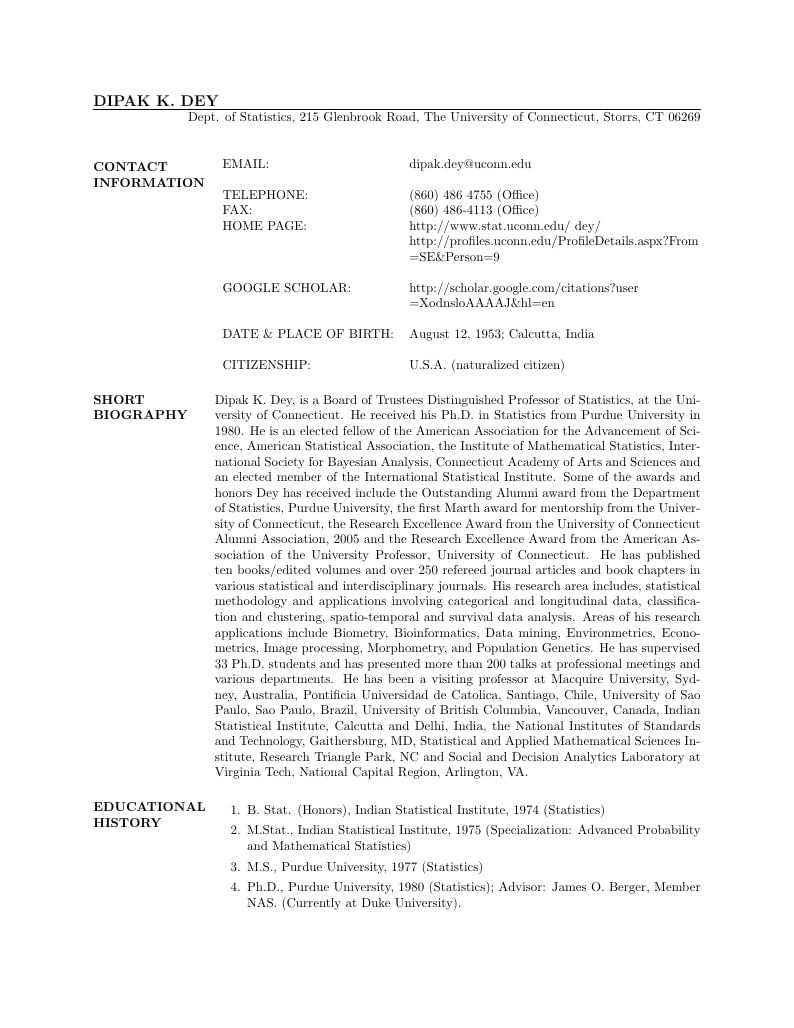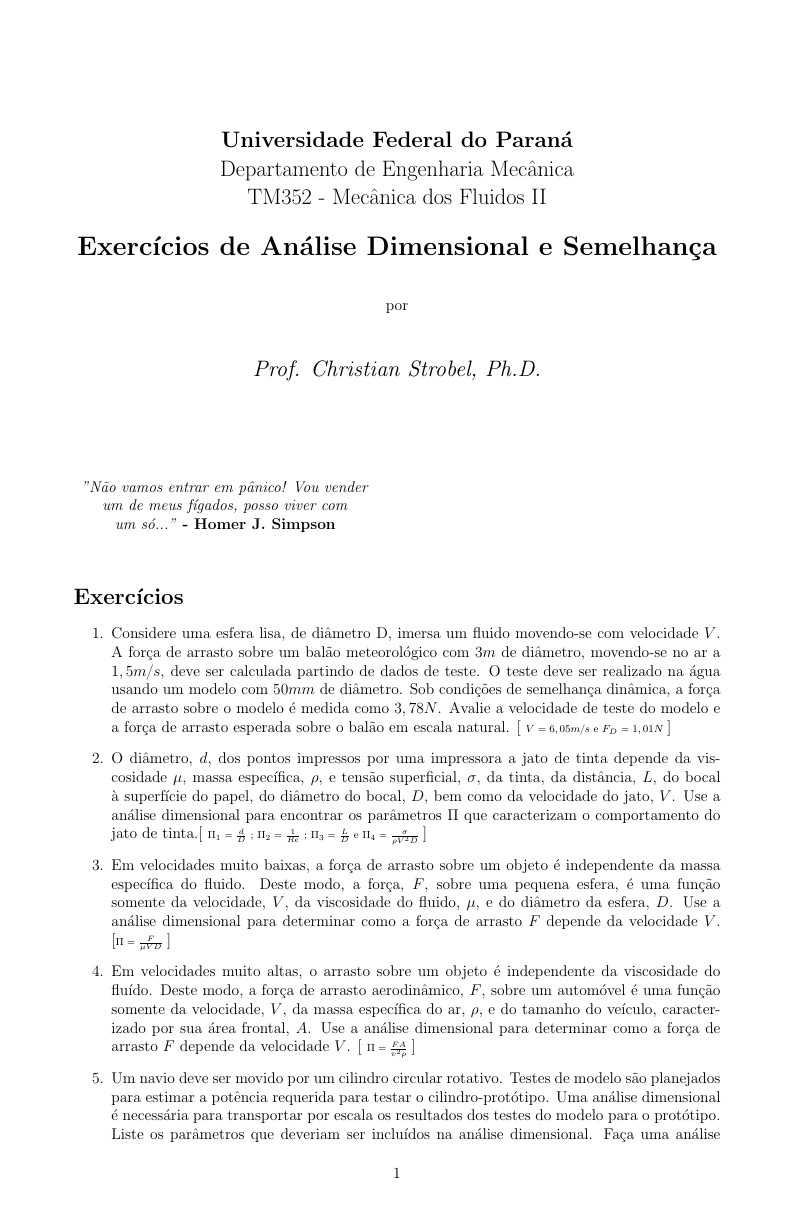overleaf template galleryCommunity articles — Recent
Papers, presentations, reports and more, written in LaTeX and published by our community.
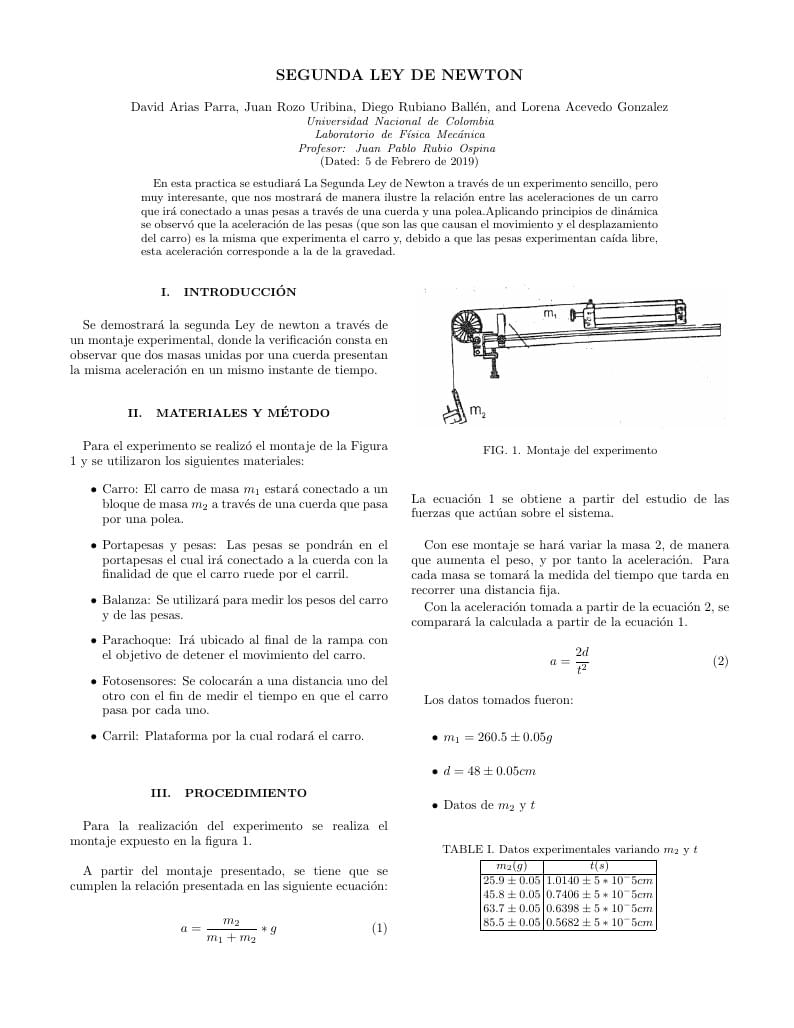
informe de practica pendulo fisico
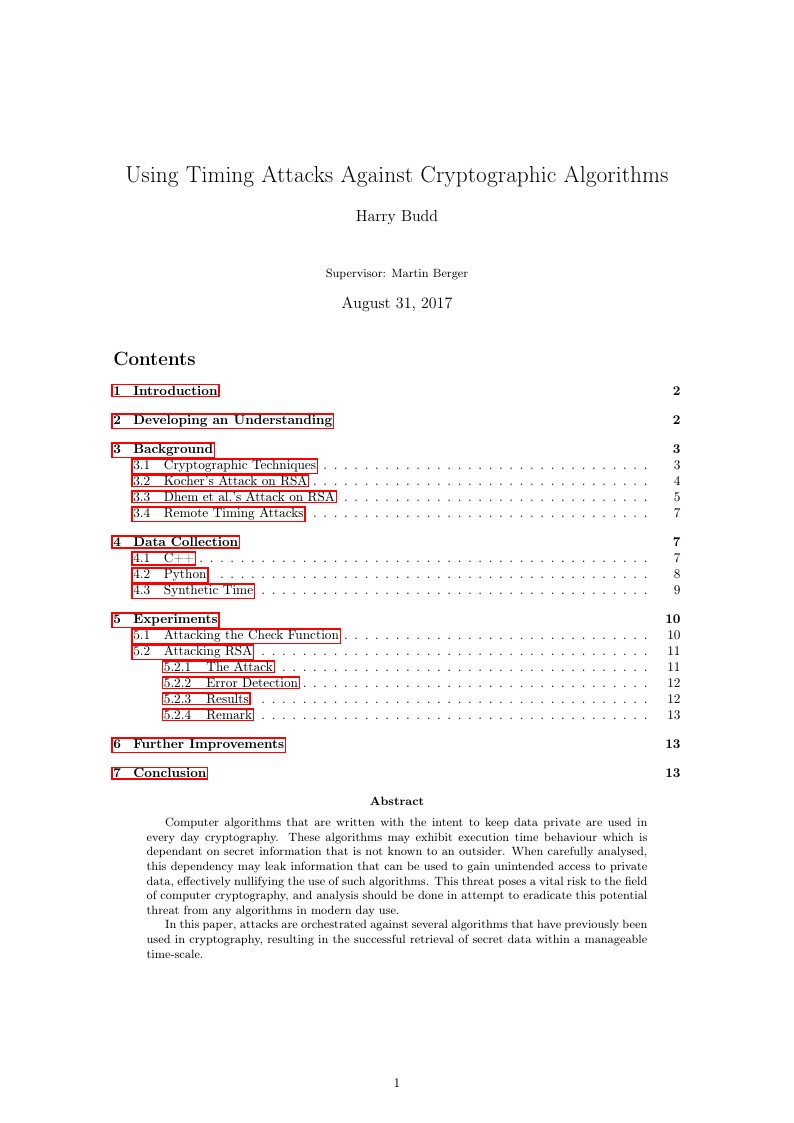
Computer algorithms that are written with the intent to keep data private are used in every day cryptography. These algorithms may exhibit execution time behaviour which is dependant on secret information that is not known to an outsider. When carefully analysed, this dependency may leak information that can be used to gain unintended access to private data, effectively nullifying the use of such algorithms. This threat poses a vital risk to the field of computer cryptography, and analysis should be done in attempt to eradicate this potential threat from any algorithms in modern day use. In this paper, attacks are orchestrated against several algorithms that have previously been used in cryptography, resulting in the successful retrieval of secret data within a manageable time-scale.
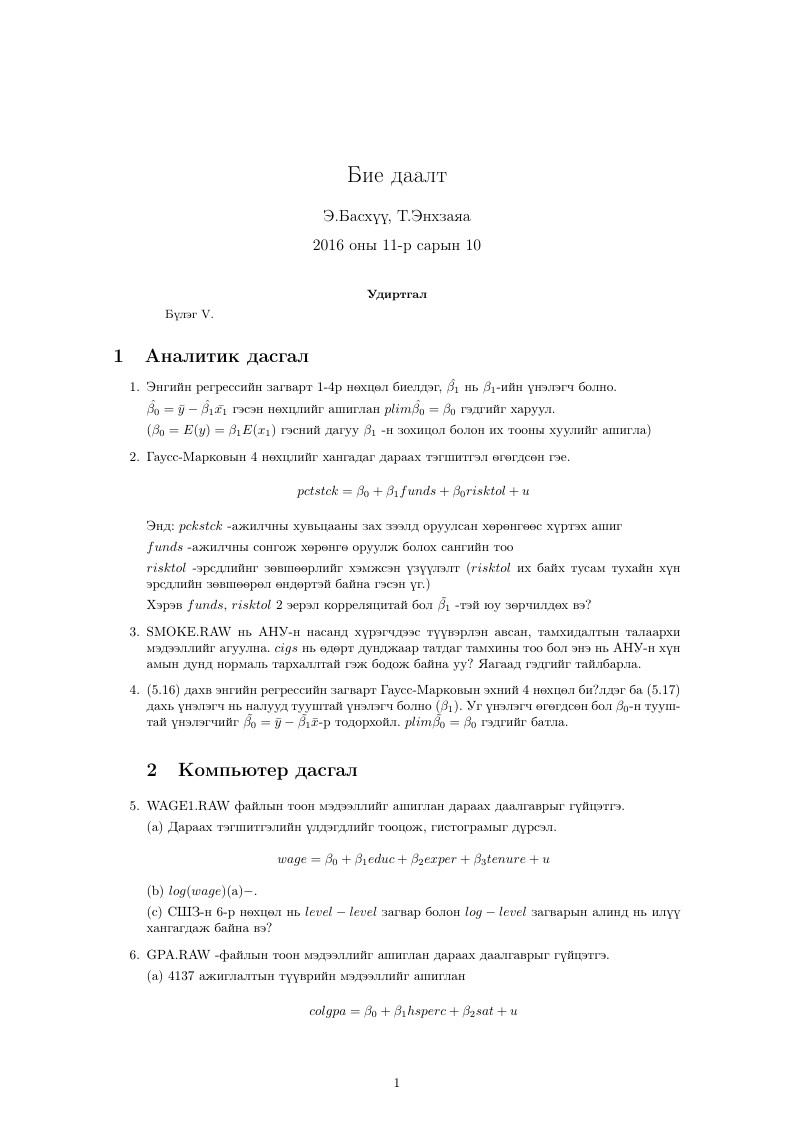
Бүлэг V.
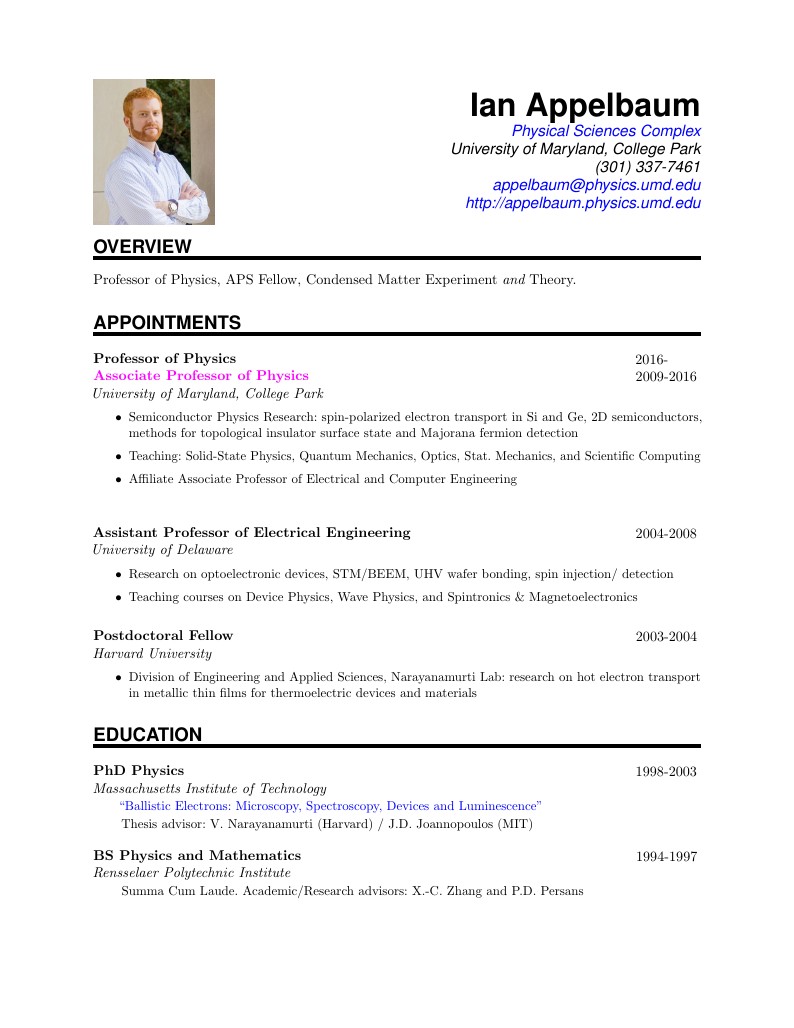
Physics Professor
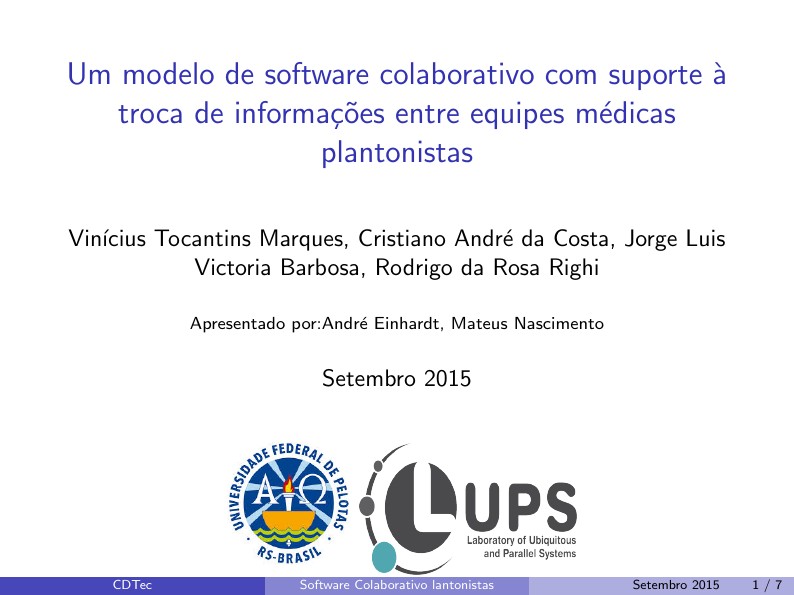
Choose how your presentation looks. For more themes, color themes and font themes, see: http://deic.uab.es/~iblanes/beamer_gallery/index_by_theme.html
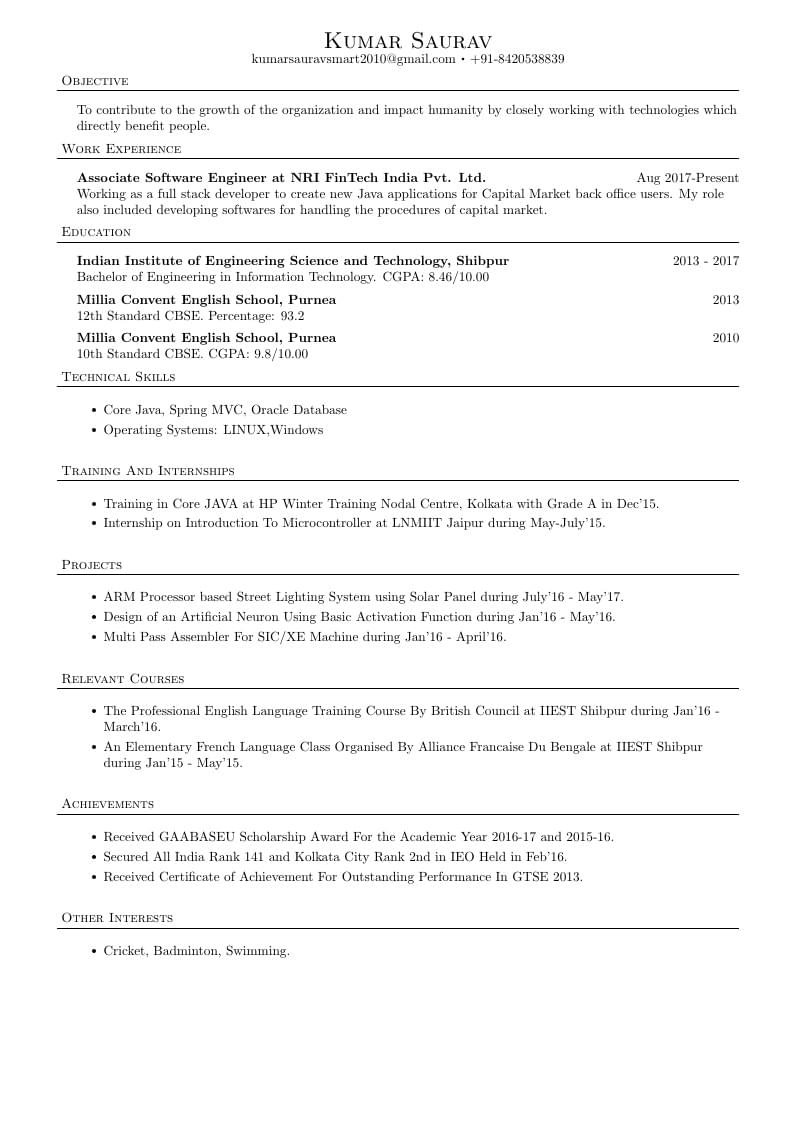
Kumar Saurav's Resume
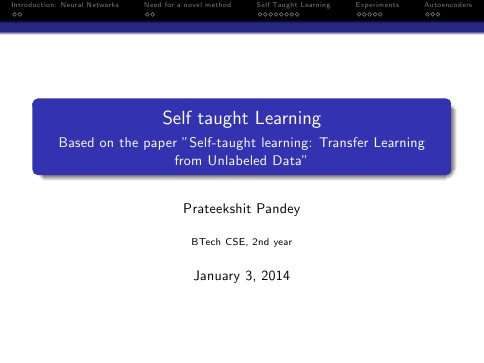
Based on the paper "Self-taught learning: Transfer Learning from Unlabeled Data"
\begin
Discover why over 20 million people worldwide trust Overleaf with their work.
